Ultimate Guide to small bathrooms
Bathrooms can very often lack space especially in period properties. A lot of properties across the UK were built in the Victorian and Georgian-era and these are particularly prone to smaller bathrooms. Thankfully, over the years, designers and manufacturers have discovered ingenious ways of making the most of the space available. Below are a few of those ideas.
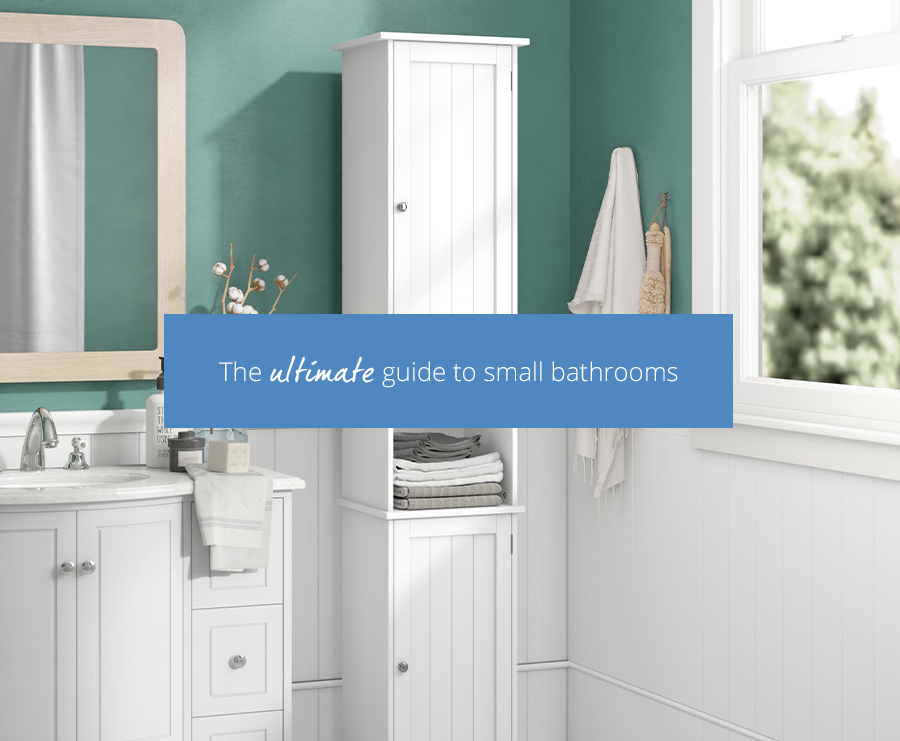
Embrace the space:
Family bathrooms, en-suites and cloakrooms may be small or awkward in shape, but it is key to embrace and accept the space you have. There are always solutions – it just sometimes needs more innovative thinking to come up with a functional design that is also stylish. Speaking with specialist bathroom designers is worthwhile as they tend to be up to speed with the latest ranges and innovations and have a good eye for when it comes to designing compact spaces.
Compact furniture:
Where space is tight and at a premium, consider installing specially designed compact furniture such as reduced depth basins and toilets. A compact wall-hung basin leaves space underneath for storage or a towel rail. The more floor space you can see, the larger the room will feel. Many manufacturers offer this within their ranges although you may not see many samples readily available to view in showrooms, so always ask or send for brochures.
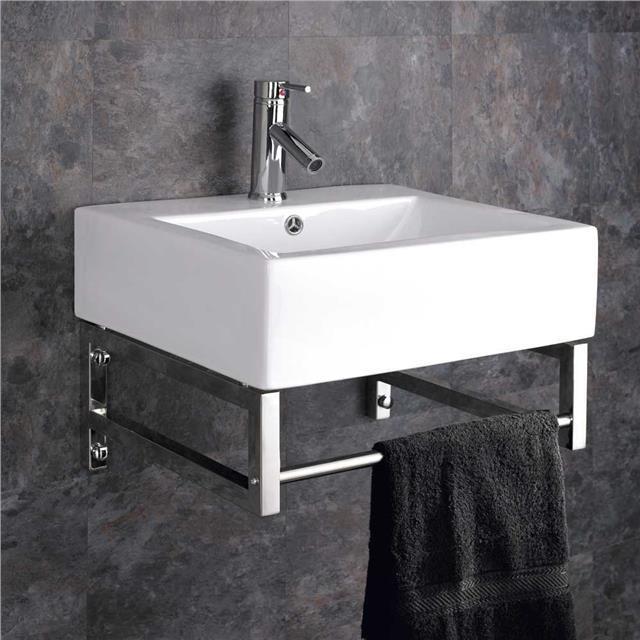
Power of tiles:
Tiles can be used in two different ways to provide the illusion of space in a small bathroom. For those with a larger budget, consider tiling all surfaces – both walls, floor and even the side panel of the bath – providing a never-ending effect. The second option is to use fewer tiles than normal by half-tiling the wall space, creating a horizon-effect. This draws the eye, enlarges the sense of space as well as saving money. In terms of colour, keep the tiles light and spacious as this will also ensure the room feels larger.
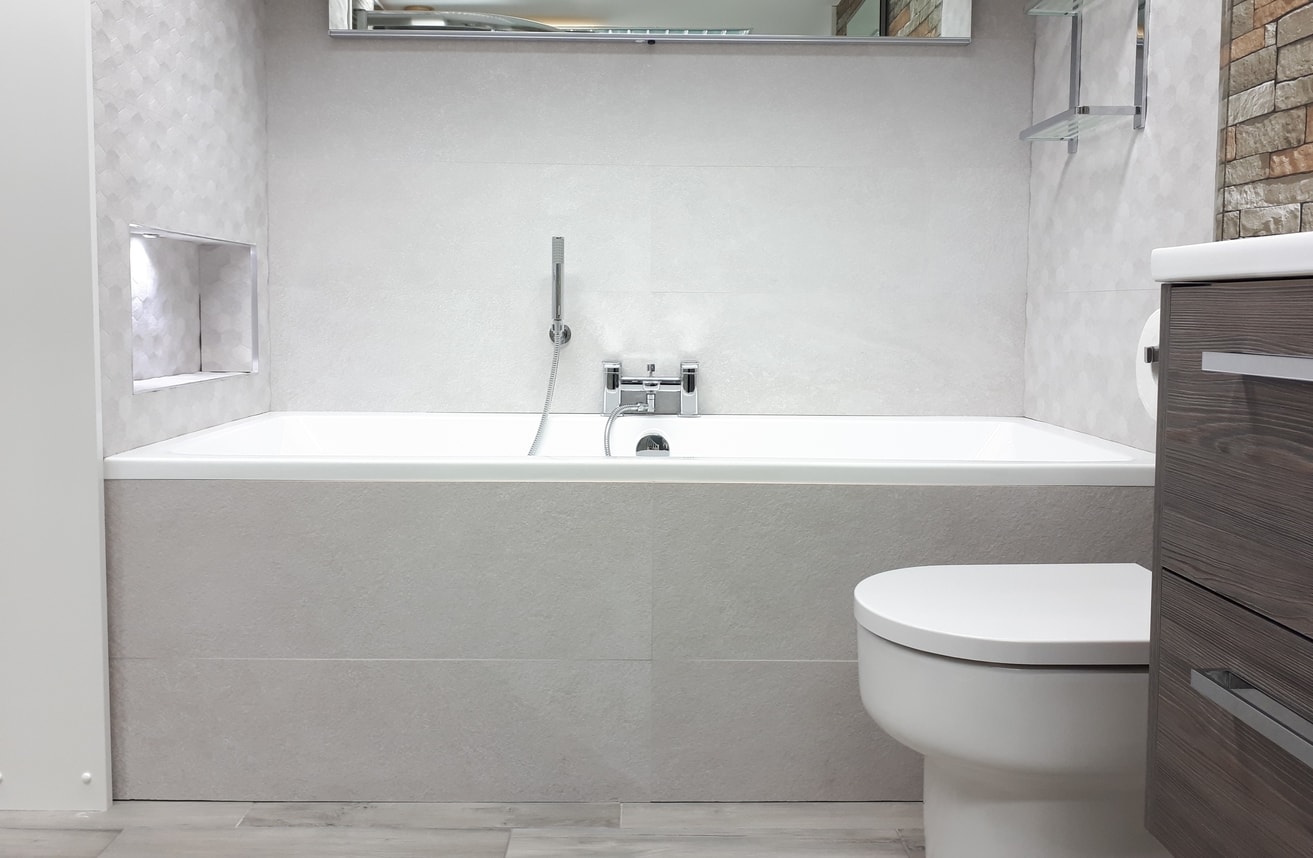
Use of stud walls:
If you have stud walls or are intending to put in stud wall partitioning, consider finding extra space by building features into the face of the wall. This is particularly useful for incorporating toilet roll holders and cabinets for example that would otherwise protrude. Recessed shelves and niches within the stud wall are a good way to house toiletries in a shower, for example, or display perfume bottles along the main wall - both are a practical and stylish solution to the problem of lack of space.
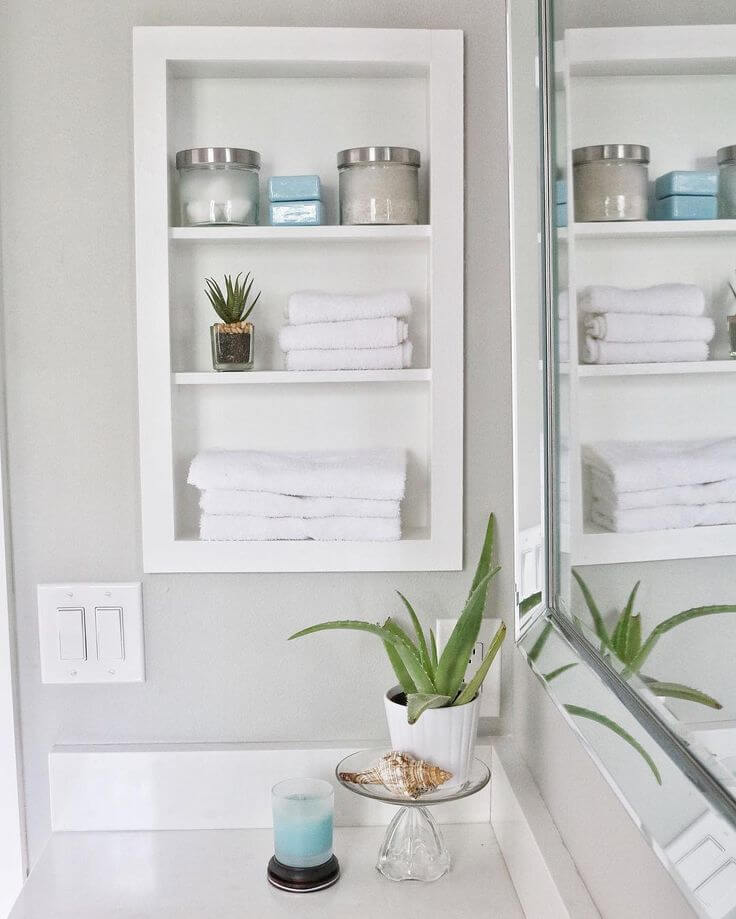
The P-bath:
Deciding whether to invest and install a shower or a bath can be the singular most difficult decision when it comes to planning a new bathroom. In a smaller bathroom people feel forced to choose between a mid-sized shower area with no tub or a traditional shower-bath placed up against the corner of the room. A P-bath, however, is an ideal solution as it’s designed with the perfect showering width at one end and comes with a hinged door panel for ease of access.
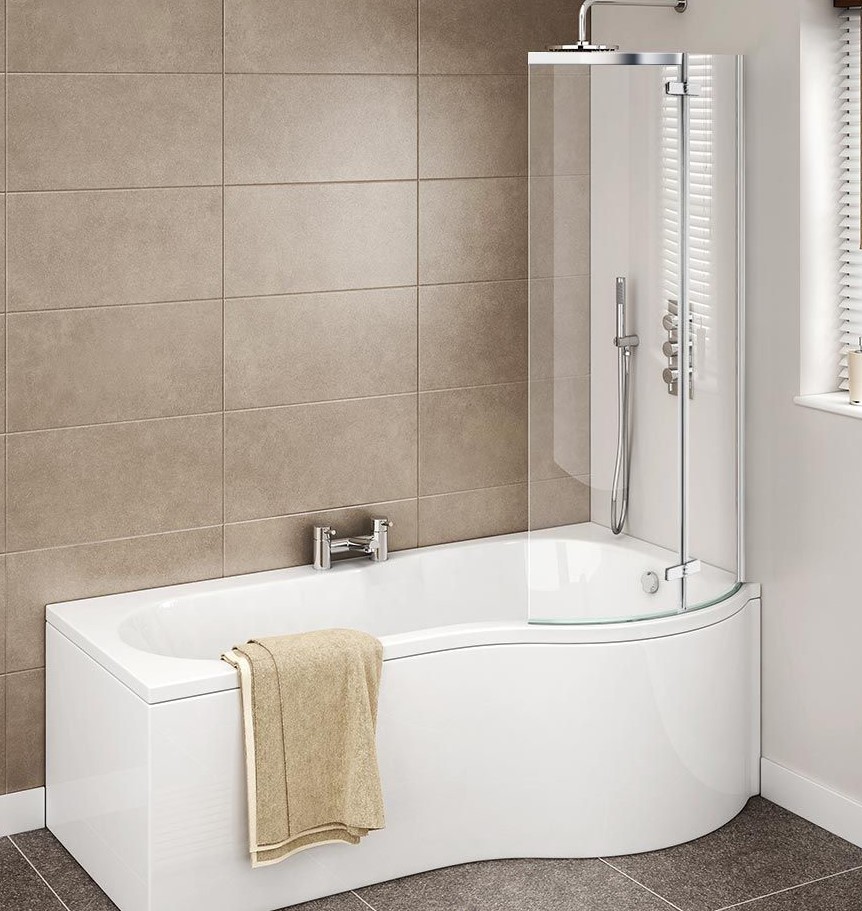
Finishing touches:
Finishing touches for a smaller bathroom include a good mirror to reflect light and provide the illusion of space, a slimline vanity unit for the storage of toiletries and cleaning materials and good lighting to make the space feel bright and airy.
31st Jan 2020The Compare Network
Copyright – Insight Retail Group Ltd 2025 All rights reserved